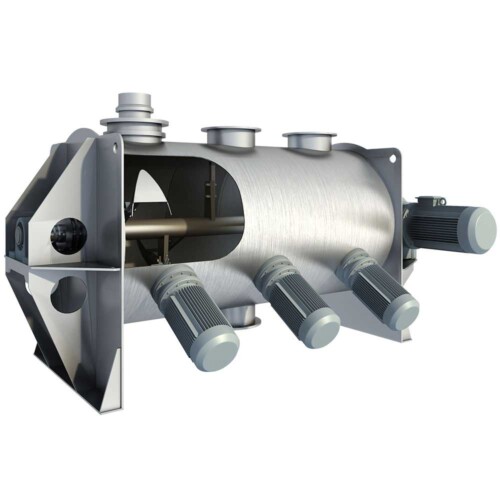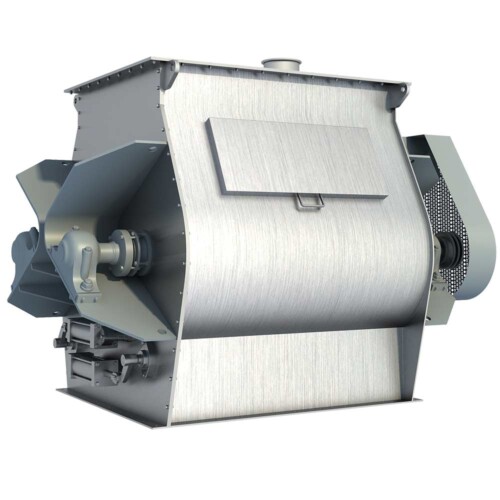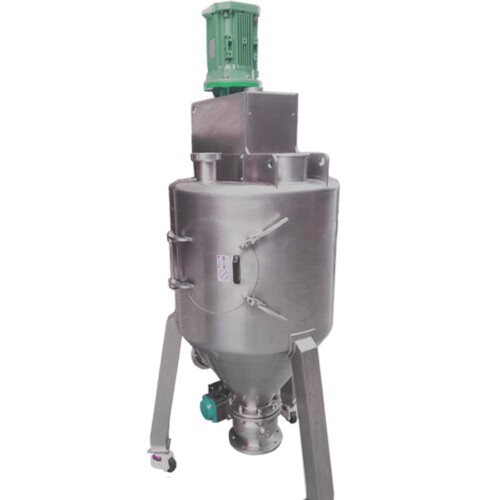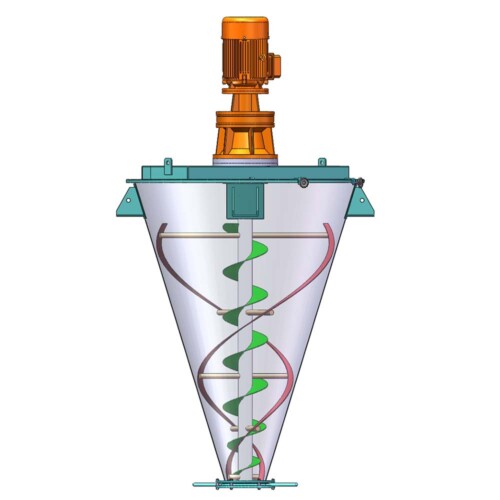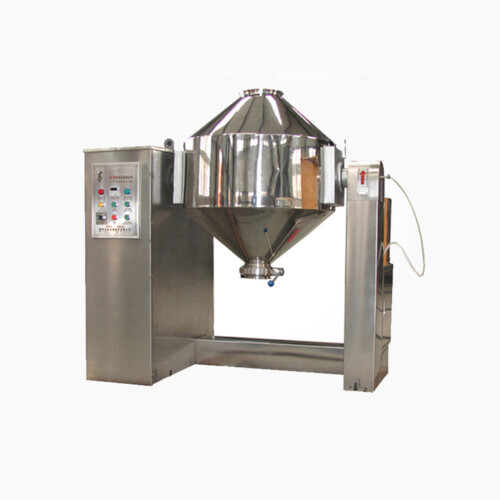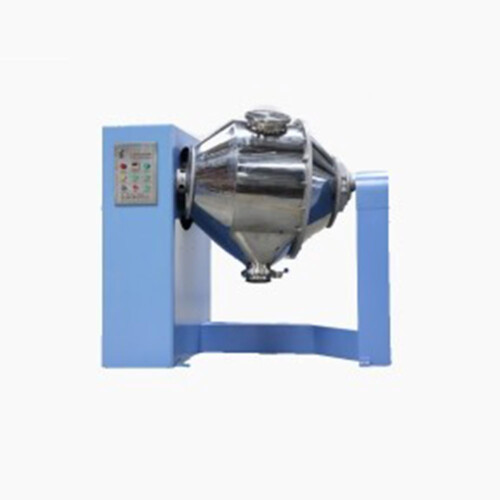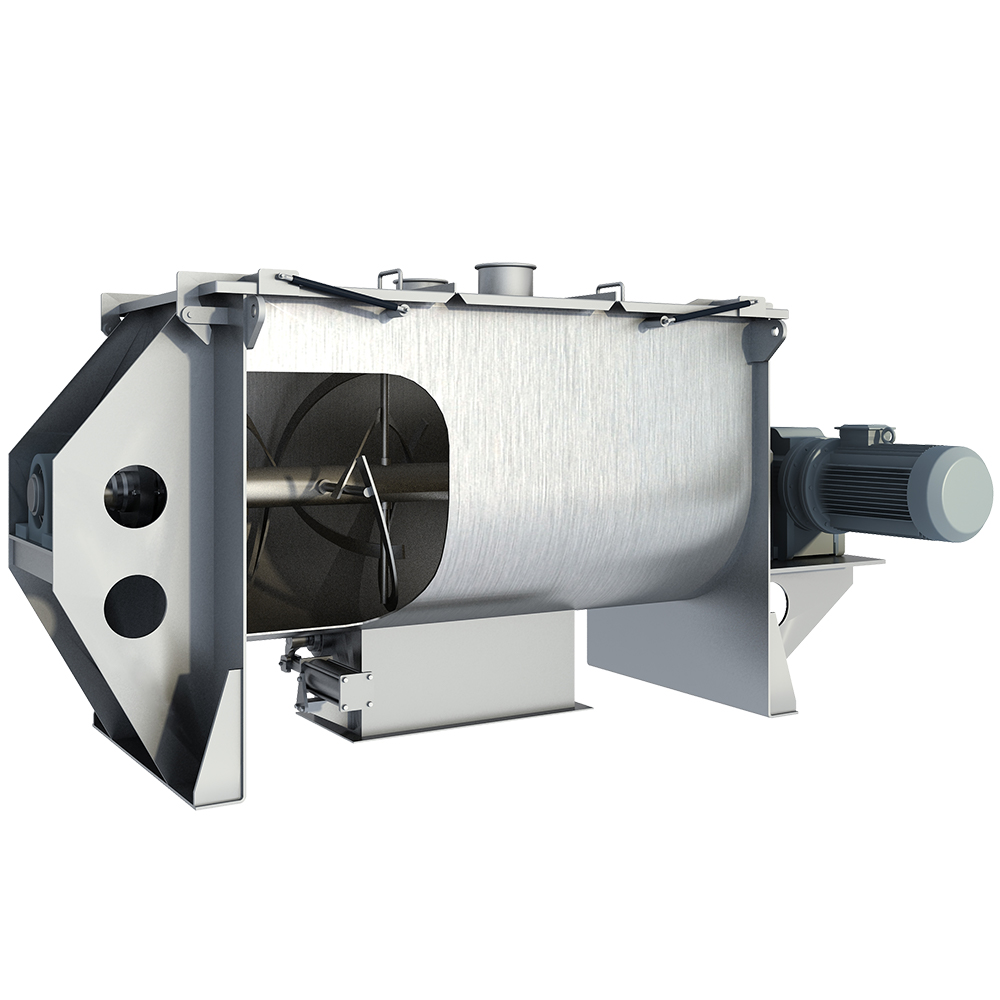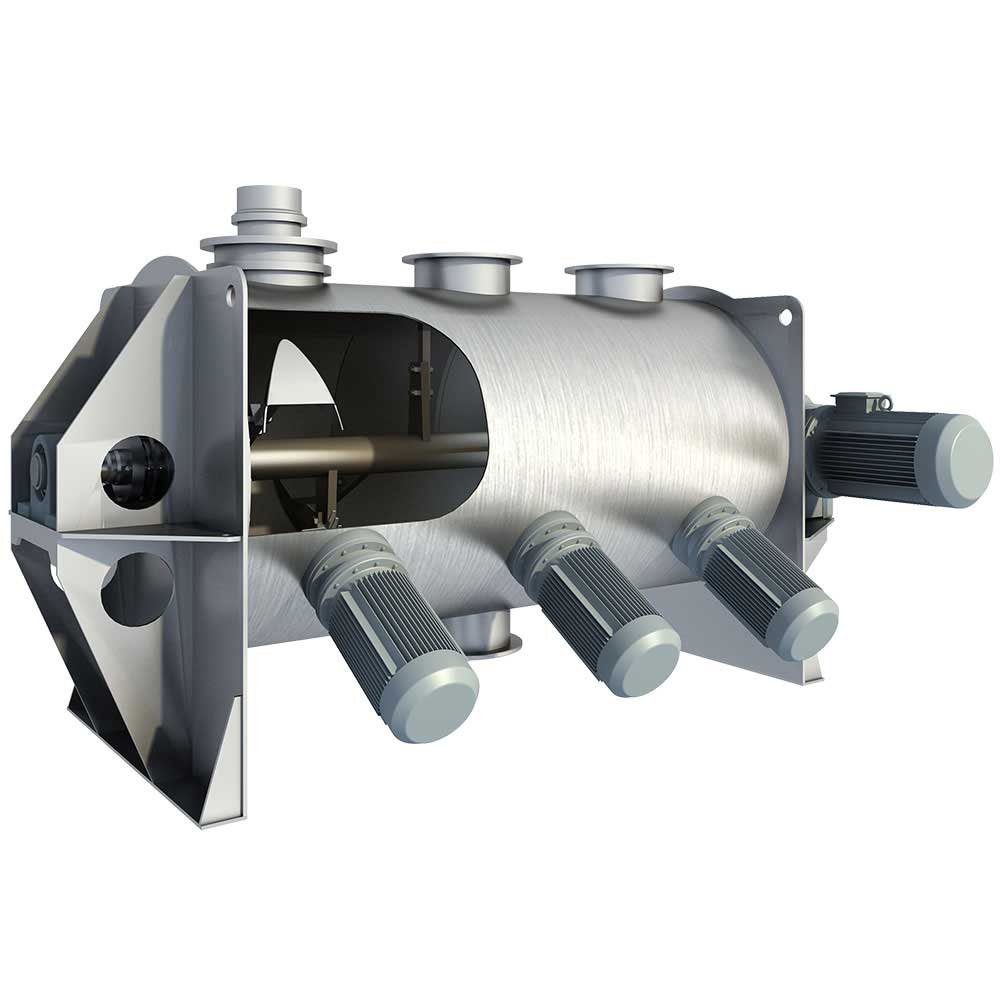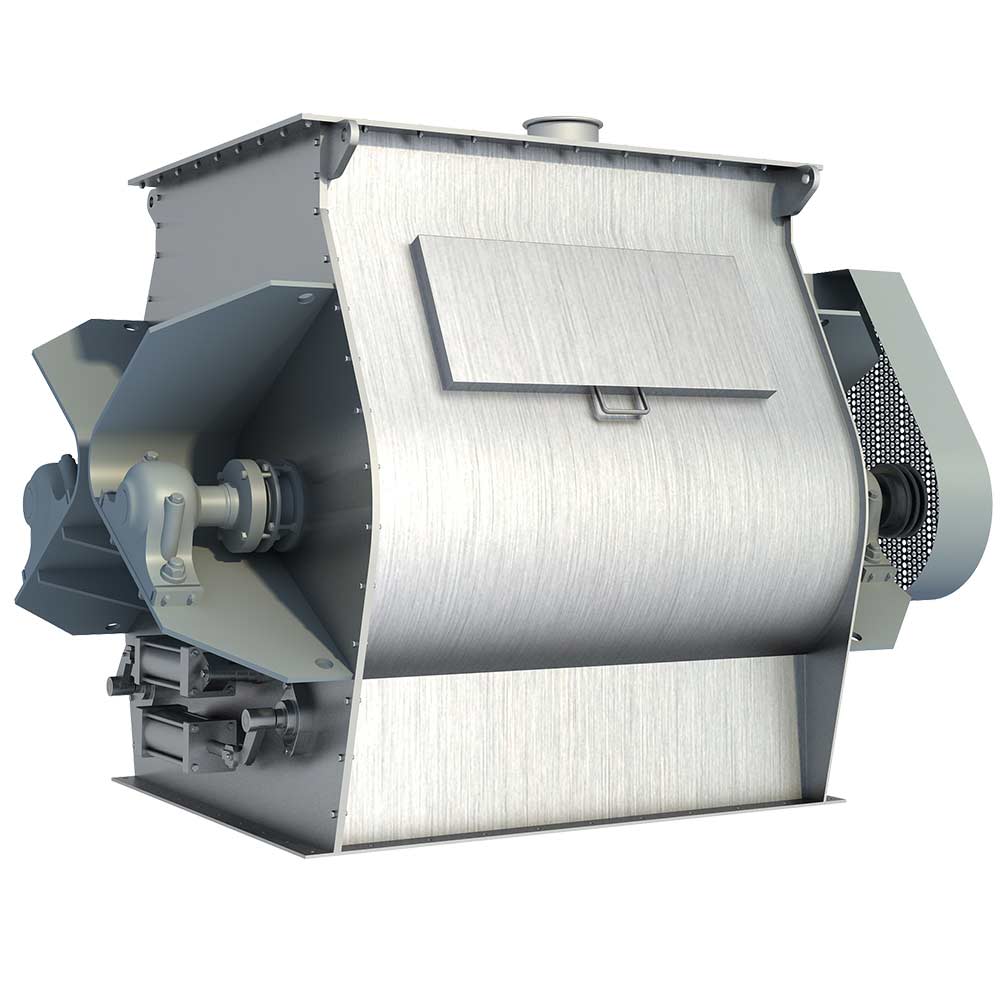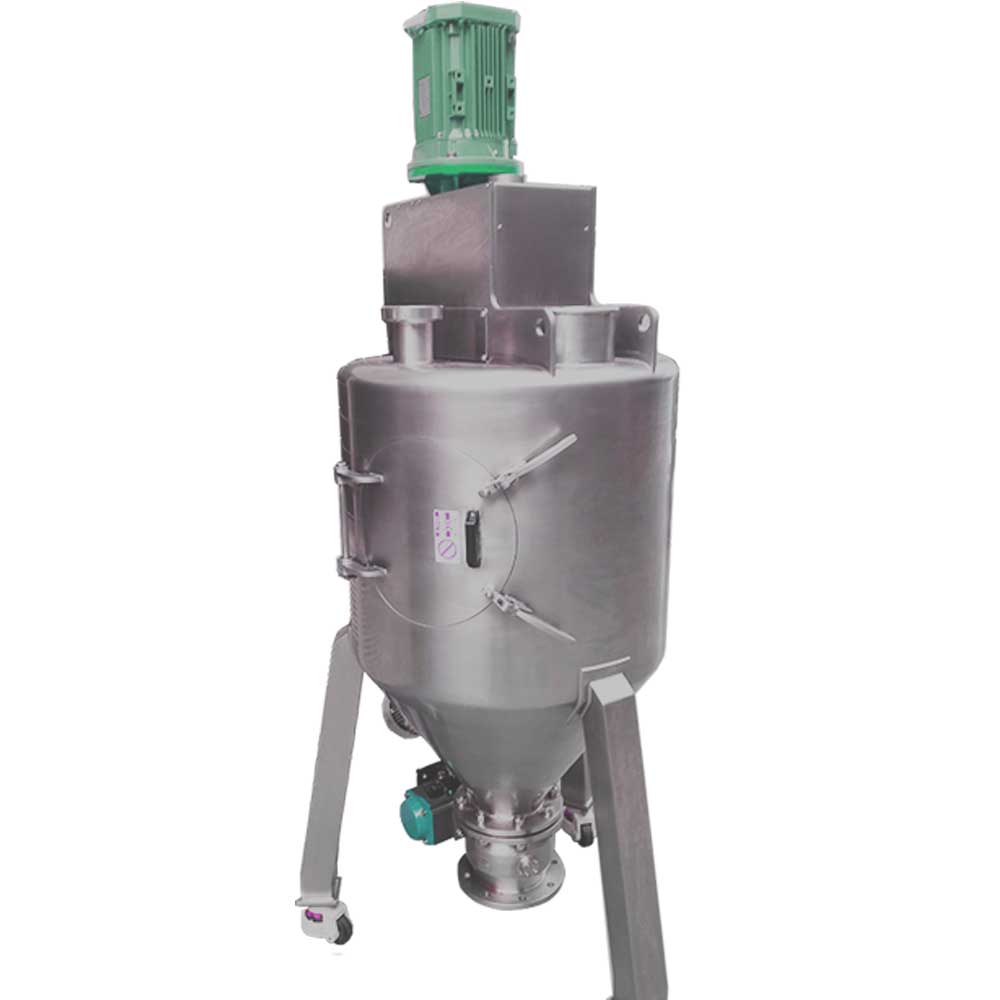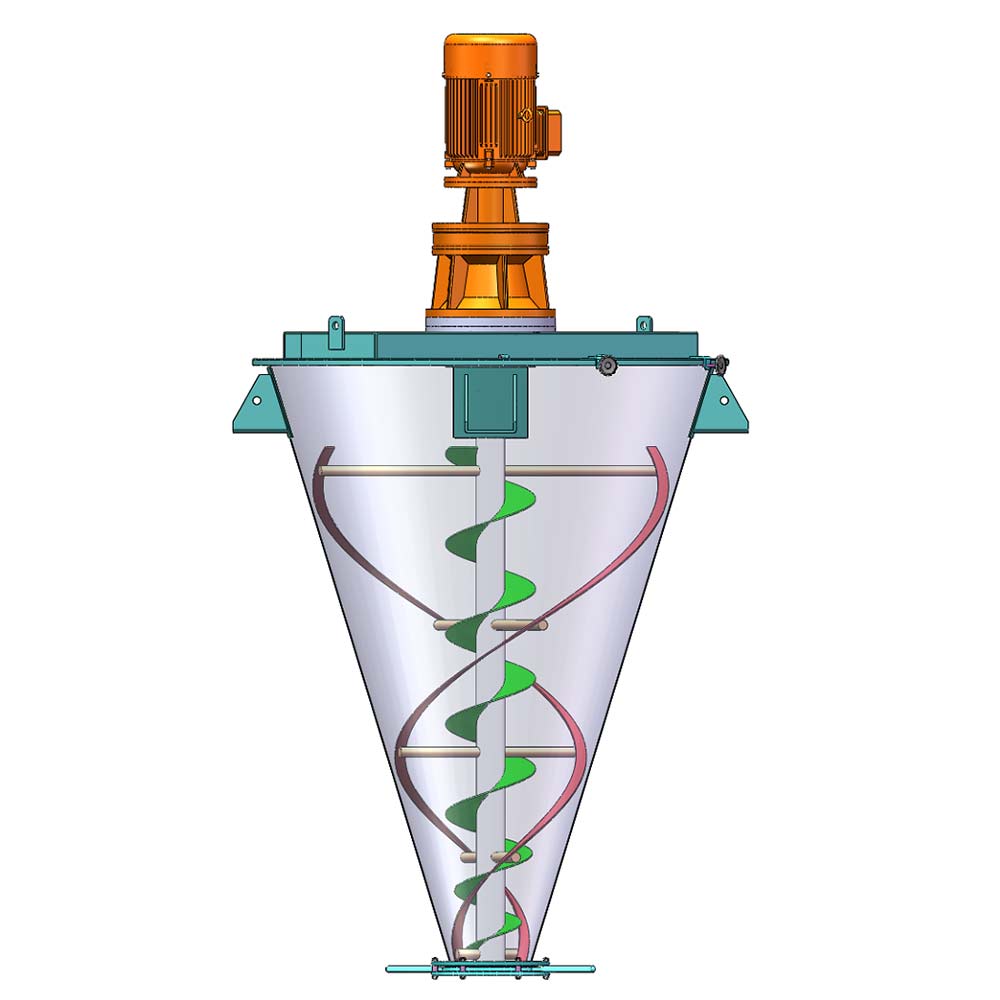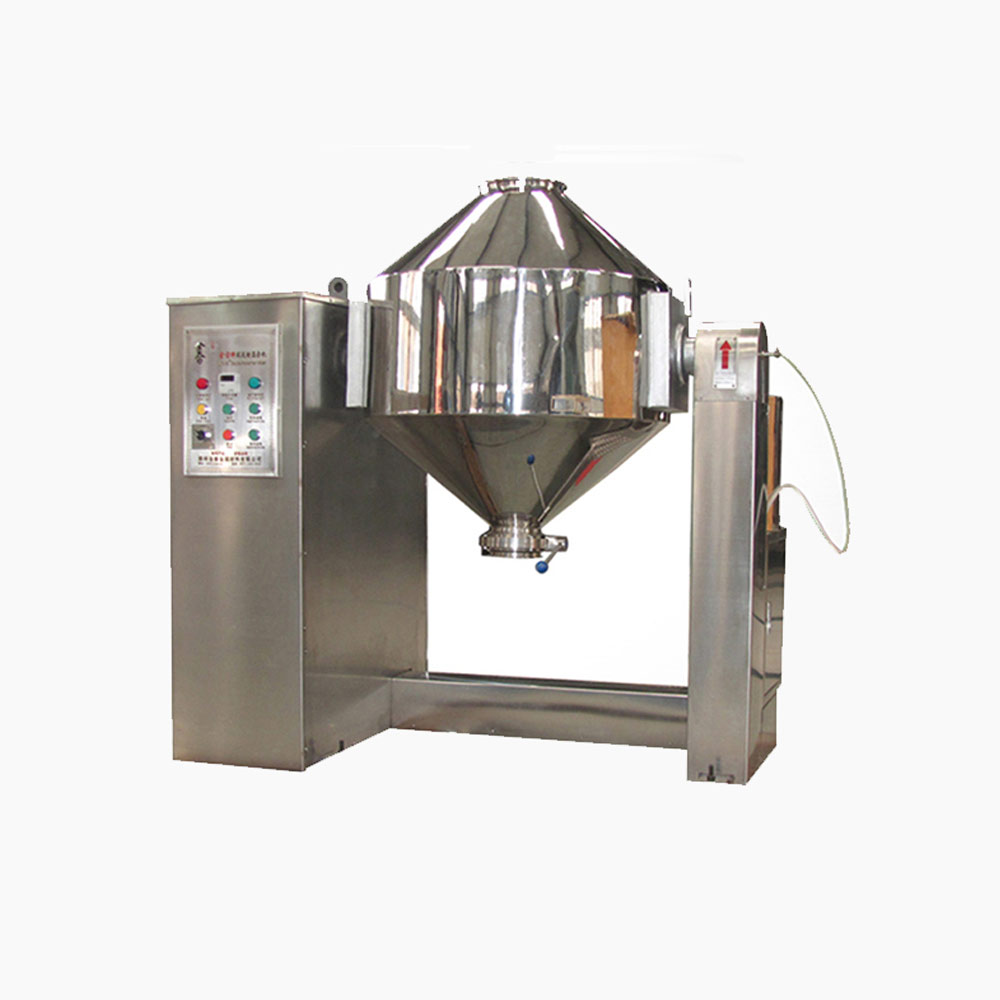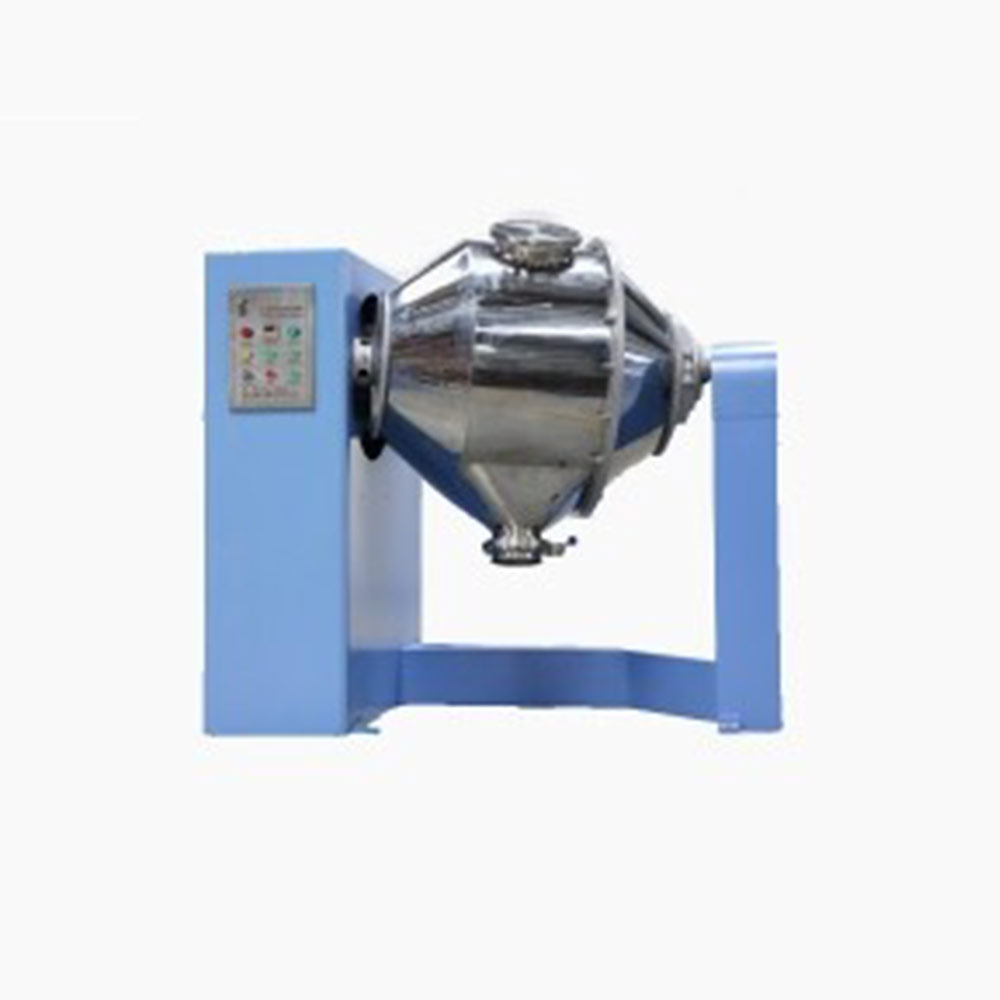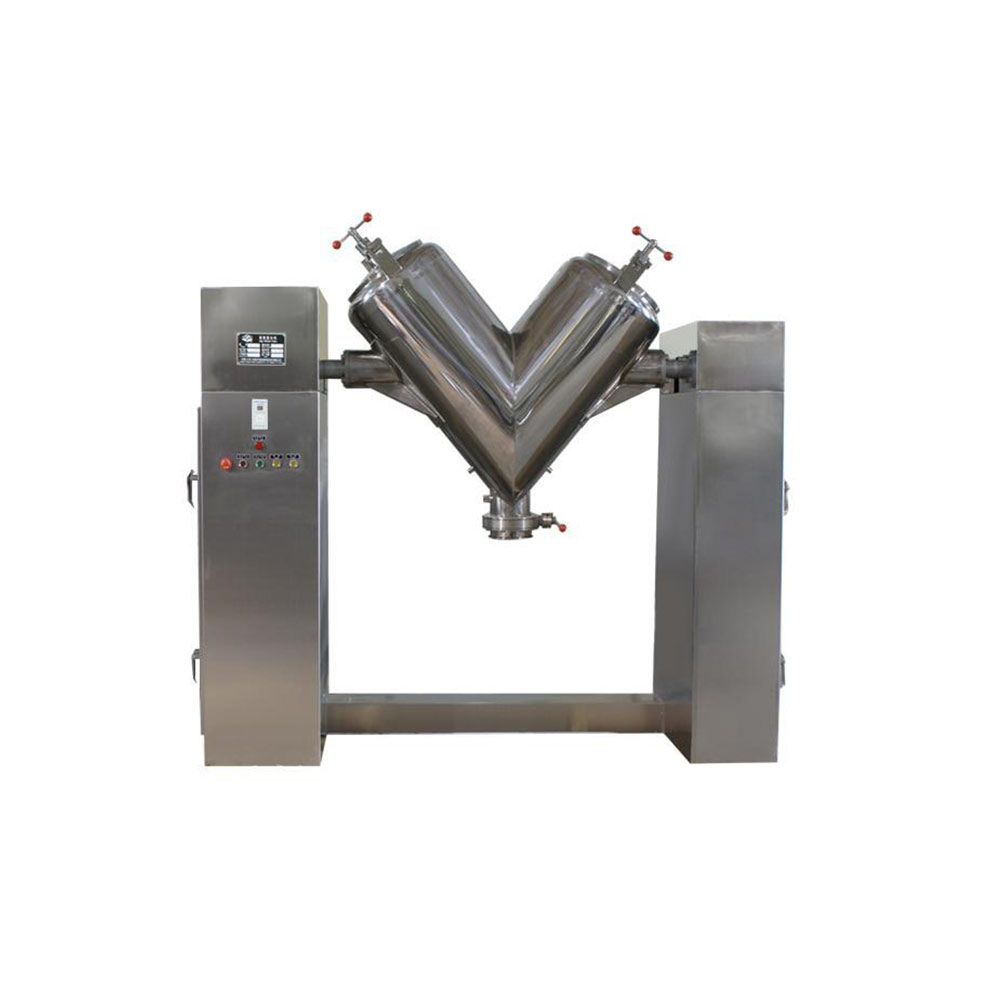Ask An Expert
Frequently Asked Questions
Yes, We can supply simple stand alone panels or automated PLC controlled systems. We normally install and test all controls on our mixers before they are shipped.
Yes, we normally test the mixers before they are shipped and mark out the wire need to connect on the control box.
We manufacture specialty mixing equipment for powder & bulk materials. Included are ribbon blender, plough mixer, conical screw mixer, twin shaft paddle mixer, V blender, double cone blender and other auxiliary equipment such as screw conveyor, quantitive auger filler.
We sell across the world, our cusotmers distribute 5 continents.
Share Us With Your Network
How to Avoid Segregation Problems in Your Blending Process?
George Knight is having some headache those days. As the leader in charge of production department, he is perplexed by the de-mixing problem during the mixing process. “We use a tumble blender for our mixing process. It came to our attention that when the mixing time is long, they can undo the mixing results.” said George when he came to ask help from Vortex Machinery Technology, a well-known mixing expert in the industry.
Most liquid blends don’t degrade over time as mutually soluble liquids form a stable blend. However, dry mixtures do have a tendency to segregate. “Particles have different sizes, shapes, and densities. When the particles are in motion (as in mixing), the differences cause the particles to segregate.” explained Cary Gardner, engineer from Vortex MT.
The ingredients are usually loaded in batches in a tumble blender which often forms stratified layers in the vessel. When the unit starts tumbling, its symmetrical rotation creates a nonrandom mixing pattern. This pattern, when combined with the different trajectories caused by various particles, can segregate the particles in a pattern different from that formed by the layers during loading. To avoid this segregation in the later mixing stages, the best solution is to use a tumble blender for relatively short mixing times. A tumble blender can be designed to provide asymmetrical rotation to minimize demixing caused by trajectory segregation. For example, a V-blender can have one extended leg and a double cone mixer can have offset cones; by using such designs, you can shorten mixing times, improve mixing quality, and limit further segregation.
Vortex MT helped George solve his problem by designing a processing line with as few transfer points as possible between mixing and final step. There is no use of free-fall chutes or drops in this processing line. By using controlled-discharge mass-flow patterns to help remix the material, George does not have to worry about the segregation problems in his process.
Share your mixing problem with Vortex MT to get your problem solved like Mr George Knight. Contact us via nick@incmachine.com.
Ask An Expert


